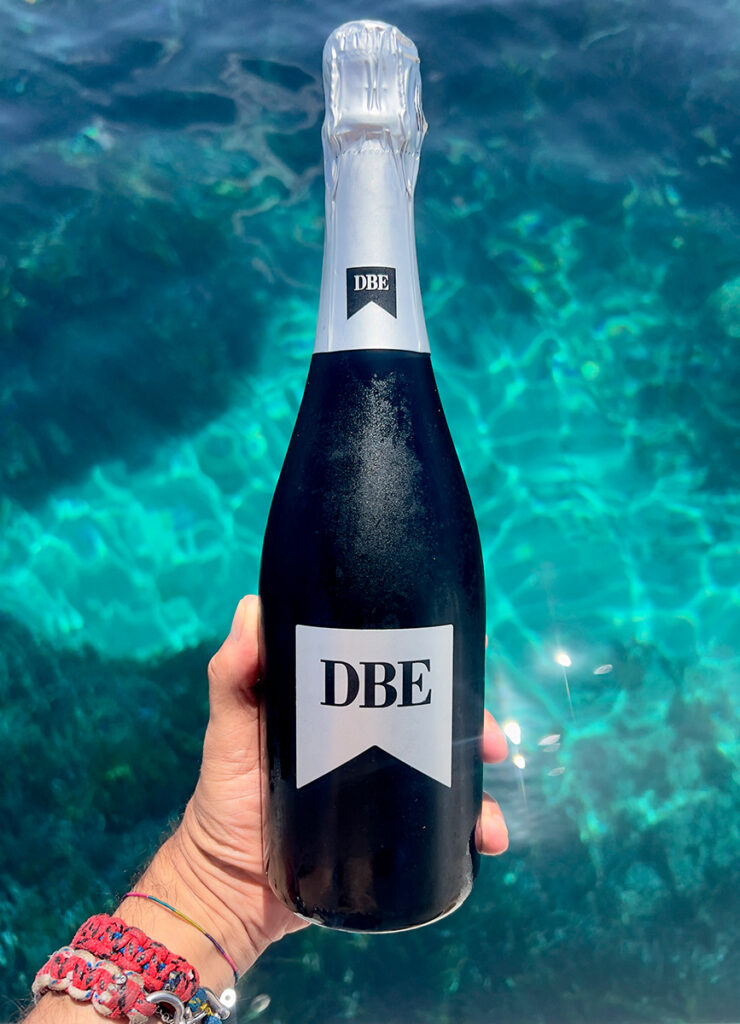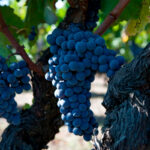De Bartoli embraces eastern Sicily by producing Nerello Mascalese in the high-altitude vineyards on the northern side of the volcano or to market very high-quality wines
Advertising – A life spent among the vineyards, taking care of the land and harvesting its fruits; forty years of experience, handed down through generation, linked to sensitivity and respect for the territory; the desire to get rich with a new high-altitude challenge. De Bartoli Vini embraces eastern Sicily and creates a new brand, De Bartoli Etna (DBE), with the aim of producing wines with a strong Etna identity.
“We felt the need to produce new high-quality red wines – explains Renato De Bartoli, son of Marco De Bartoli, founder of Marco De Bartoli Vini, and owner, together with his siblings Sebastiano and Giuseppina, of the family company, “and in 2021 we bought a small property of just under three hectares in the Rampante district, in the municipality of Castiglione di Sicilia, between the hamlets of Solicchiata and Passopisciaro, on the northern slope of Etna. This is where DBE (De Bartoli Etna) comes to life”.
The geographical area of Sicily changes but not the philosophy that has led De Bartoli over the years to become a brand famous for the quality of its wines. “We come from territories suited to white grapes, that of the Samperi district in Marsala and that of Pantelleria, and we produced only one red wine. We felt the need to fill our gap by producing red wines in a great terroir. We were looking for a vineyard at high altitude and we chose the north side of Etna, characterized by a more humid climate and ancient volcanic soils, with an altitude that varies between 743 and 769 meters above sea level, a perfect terroir, rich in biodiversity which helps to create elegant and mineral red wines, which encompass all the facets of the territory. Here we have found fertile ground to continue the pure and meticulous work that has always made De Bartoli wines famous throughout the world”.

A choice that immediately brought high quality to the wines produced. “The vineyard dates back to 1940 – continues Renato De Bartoli – and is more than 80 years old. An old vineyard produces low but very high-quality production. We grow in the typical way, as a small tree, on lava stone terraces. We use local labor, because here there is still the culture of traditional work in the vineyard and the new generations work the fields as they once did. This allowed us to find young people trained to work on these heroic vineyards. The result was immediately excellent”.
The De Bartoli family had no lack of experience in heroic vineyards, those grown in inaccessible areas. “Heroic sapling viticulture cannot be mechanized because the land, due to its position and characteristics, does not allow it. We already had the experience of Pantelleria, even if the Pantelleria tree is different in characteristics from the Etna one: the first is low and the vineyards are located inside basins to protect it from the wind; the one on the volcano develops differently, it is higher, and therefore different cultivation methods are needed”.
Three years after the first harvest, that of 2021, the first four wines were marketed, of which three DOC: Etna Rosso Doc, the Etna Rosso Doc of Contrada Rampante and the Etna Rosato Doc. To these is added the Classic Method Terre Siciliane IGP Blanc de Noir, for a total production of 10,000 bottles. “We were lucky because the Nerello Mascalese vines are particularly subject to vintages and these three, 2021, 2022 and 2023, were excellent. For the next few years, we will try to attest the production at around 20,000 bottles per year, all with high-end wines intended for a niche market. We will renovate the old millstone and the old cellar in the vineyard to follow the entire winemaking phase”.
“In eastern Sicily, on the Etna area, many investments have been concentrated in recent years which have contributed to the revaluation of the Etna Doc”, concludes Renato De Bartoli. “Our goal is to produce wines under the De Bartoli Etna brand that enhance the Etna vocation while maintaining the strong identity of the territory”.





Comments are closed.